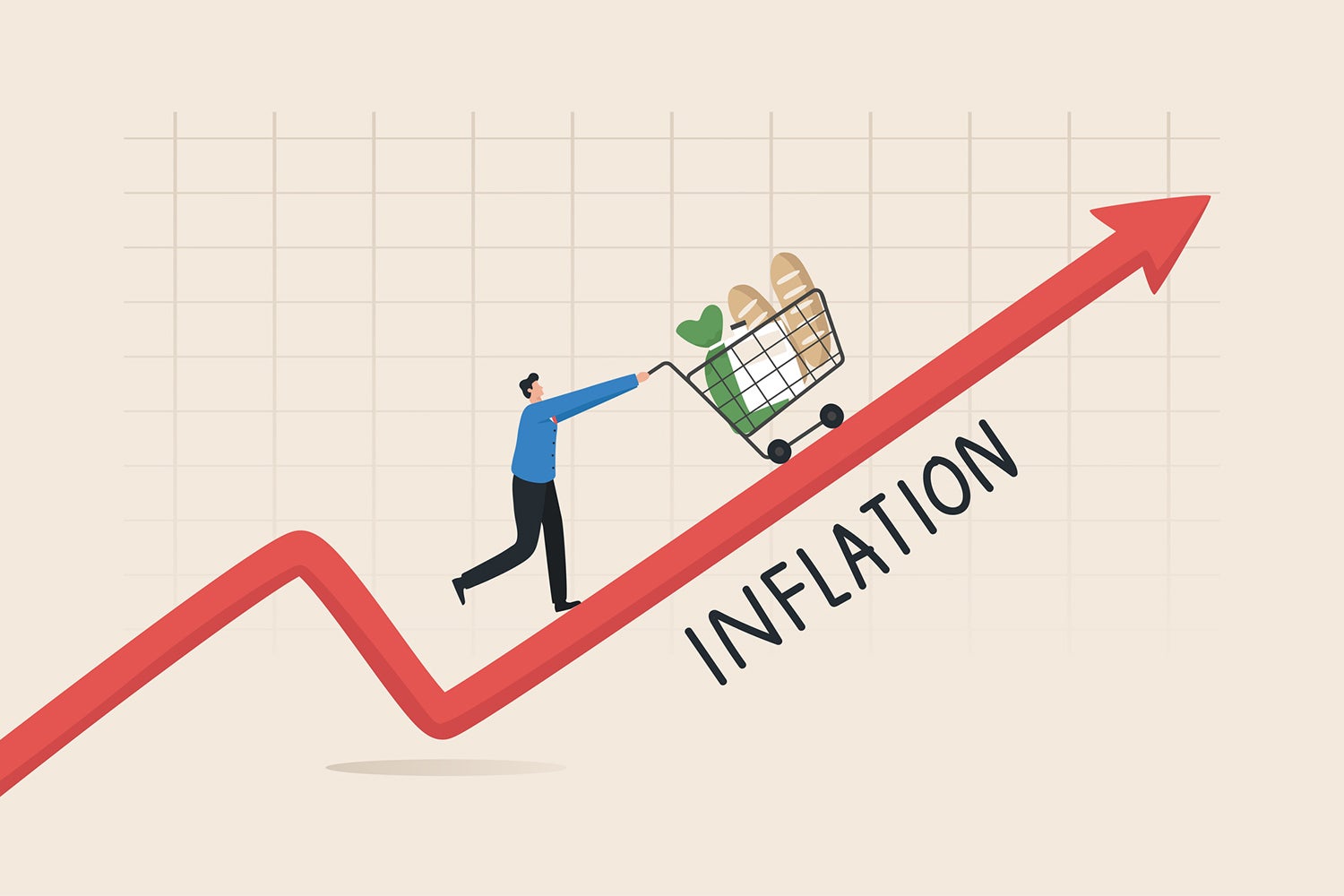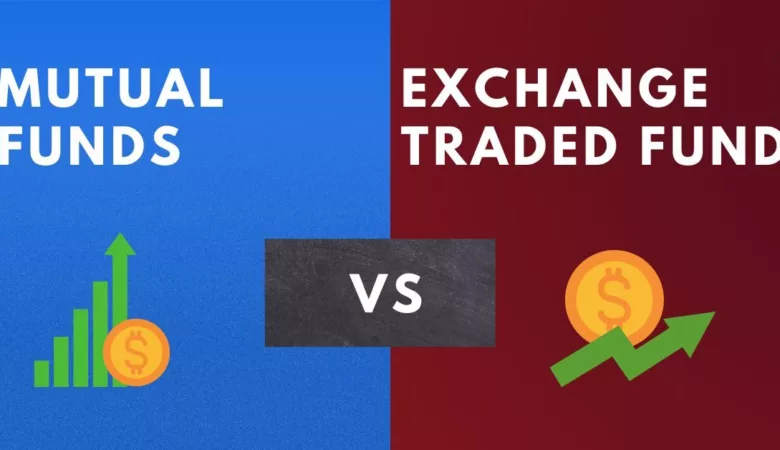
How inflation is impacting the middle class
Intro
Inflation is a global economic reality that is frequently misunderstood. This economic phenomenon disproportionately affects the middle class. This closer look at inflation, particularly in terms of housing and car costs, reveals a troubling trend: the gradual and irreversible erosion of the middle class’s financial stability as a result of inflation.
Demystifying Inflation’s Effect on the Middle Class
Inflation may seem like a hard part of economics, but it does have an effect on us. When prices go up, it’s hard for middle-class shoppers. Like a fee that’s not obvious.
You make $2,000 a year and think of yourself as middle-class. Wouldn’t you be happy? A 3% rise in prices over a year, on the other hand, makes you 1% poorer. If you have more money, you’ll buy less. You work, but you might not see results. A treadmill for money.
The middle class is hurt the most when wages don’t keep up with inflation. Every dollar you earn goes down in value. Even if your salary goes up every year, you might not buy as much. They can’t save, trade, or waste as much money.
Price increases hurt the middle class the most because they make the wealth gap bigger. People in the middle class get poorer as prices rise faster than income. Their savings grow faster, so inflation doesn’t hurt them as much.
This wealth gap can affect whether you move up in your career or stay where you are. It’s like an elevator: more steps mean more money. Rich people like being on top and taking more steps. People in the middle class try to move up but fail.
People in the middle class need to understand how inflation affects them. Rising prices and flat wages make it hard for middle-class people to get by every day. Knowing about inflation helps us get through this tough economic time.
Inflation’s Influence: The Change in Median Household Income from 1950 to 2023
Let’s look at how the median household income has changed from 1950 to what it will be in 2023. This will help us understand how inflation affects the middle class. Let’s say that the average American family made about $3,300 a year in 1950, when everything was great. Perhaps that doesn’t seem like much now, but if we take inflation into account, it’s worth about $43,074.97 now.
The average income for a person in 2023 was $78,642. For middle-class people, that jump from $3,300 to $78,642 might look like a piece of cake. But don’t start the party yet.
If we dig deeper, we see that this rise doesn’t match up with the cost of living going up at the same time. Even though there are more middle-class people, their money may not go as far as it used to because of the rising numbers on bills and price tags. Because of this, a raise in pay that seems big may feel like a game of catch-up if the cost of living keeps going up.
Time jumps from the middle of the 20th century to the third decade of the 21st. The story stays the same. The economy of the middle class is already hard because inflation always rises faster than income growth. Not only do you need to make more money, but you also need to make sure that those dollars keep their value as prices go up.
Inflation’s Impact: The Rising Costs of Housing and Cars
The income of households went up from 1950 to 2024. It costs more for housing and cars as well. It’s harder for middle-class people to buy a home because of rising prices for these two important parts of the American dream.
Go back in time to the 1950s. Back then, a brand-new American home cost $7,400. Almost too cheap today, right? Thanks to inflation, this is now worth $96,592.36. Keep going and watch. By 2024, that price might be $400,000. It’s hard for middle-class people to buy homes like it used to be.
This is clear from changes in car prices. In 1950, a brand-new car cost $1,500. Today, it costs $19,579.53. But prices in 2024 make that new car smell more pricey. It will be a long time before new cars cost $40,000, but they will in 2024.
After that, what? Middle-class inflation lasts for a long time. Prices are going up so fast that people may be making more money, but not enough to keep up. Trends have an impact on more than just prices. They have a big effect on the goals, lifestyles, and finances of middle-class families. Homes and cars, which are signs of a good life, might run out.
Prices are going up and incomes aren’t growing fast enough for the middle class. This includes more than just buying a house or car. It also includes keeping up a certain level of living as prices rise. As we keep an eye on the economy, we need to know about these trends and how they happen.
Calculating Middle-Class Income in 2024: Considerations Amidst Inflation
What income bracket will be middle class in 2024? Middle class varies by economy. According to economists, the middle class is 67% to 200% of median household income.
Our 2023 economic compass forecasts $78,642 median household income. Given this, the math suggests a new middle class income range of $46,230 to $138,000.
A wide income range has always existed in the middle class, the backbone of the American economy. This spectrum will likely continue in 2024, with top and bottom households.
However, income growth versus inflation matters. If inflation continues to reduce purchasing power, the income range may be much lower. Higher income doesn’t guarantee better lifestyle or financial security.
The Future of the Middle Class: Navigating an Inflating Economy
The future of the middle class is uncertain because the economy is too inflated. Inflation is a threat to the middle class, and not just in economics books. When wages don’t keep up with rising prices, it’s hard to pay your bills and live comfortably.
What will happen to the middle class when prices go up? We’d like a crystal ball, but for now we have to look at trends and make judgments.
Policy action is important. The middle class could be hurt by rising prices and unchecked economic growth. When policies are balanced, they raise growth and lower inflation. Policies that help with wage growth, jobs, and the cost of living may help get things back in balance.
The income-to-living-cost gap could get bigger if nothing is done, which would be bad for the economy. If nothing is done, this trend could kill middle-class families. The middle class is important to our economy, so we need to fight inflation as a team.
Things aren’t always bad. The middle class wins over and over again. The middle class can fight inflation by learning about the economy, making smart decisions, and pushing for good policy changes.
The future might not be easy, but it could be good. Even when prices go up, the middle class can stay stable and do well if they know about the economy and take action. To make a change, you must first understand what the issue is.






Leave a Reply